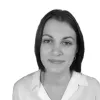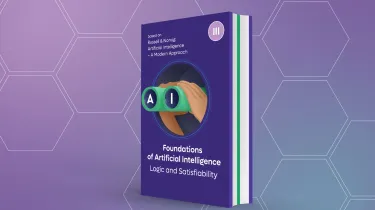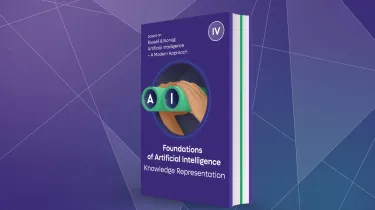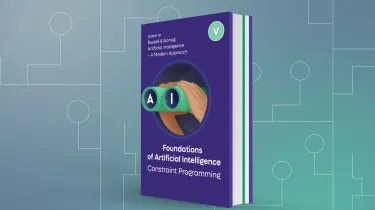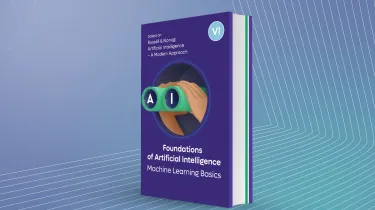Methoden der KI I - Intelligente Agenten
Dieser Kurs gibt einen Einblick in die Geschichte der KI und erörtert die Metapher des rationalen Agenten, der auf der Grundlage seiner Wahrnehmungen und seines Weltwissens seine Leistung zu maximiert.
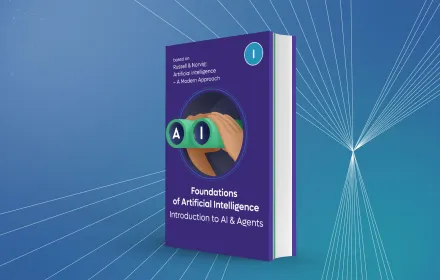
Übersicht
Der Kurs gibt einen Überblick in die Geschichte der KI von Alan Turings bahnbrechendem Werk "Computing Machinery and Intelligence" über die Anfänge der KI als Forschungsgebiet auf der Dartmouth-Konferenz 1956 bis hin zu den jüngsten Entwicklungen, die sich in der 20-Jahres-Roadmap der US-amerikanischen KI-Gemeinschaft widerspiegeln.
Im zweiten Teil des Kurses wird die Metapher des rationalen Agenten erörtert, der auf der Grundlage seiner Wahrnehmungen und seines Wissens über die Welt, seine Leistung zu maximieren. Der Kurs führt in Methoden zur Modellierung von Agenten und ihrer Umgebung sowie zur Messung der Leistung eines Agenten ein. Außerdem werden verschiedene Agentenarchitekturen vorgestellt und ihre Möglichkeiten und Grenzen diskutiert.
Dieser Kurs basiert teilweise auf den Kapiteln 1, 2 und 27,28 des Lehrbuchs von Stuart Russell und Peter Norvig: Introduction to Artificial Intelligence - A Modern Approach.
Der Kurs wird in englischer Sprache mit deutschen Untertiteln gehalten.
Welche Themen werden behandelt?
Geschichte der KI
- Alan Turings Schrift "Können Maschinen denken" und die Dartmouth-Konferenz von 1956
- Vier mögliche Richtungen der KI-Forschung und wichtige historische Phasen der KI
- Der Turing-Test
- Ethische Fragen
- Die 4 großen A der KI-Suche und der Fahrplan der US-KI-Gemeinschaft für die KI-Forschung
Intelligente Agenten
- Metapher des rationalen Agenten
- Modellierung eines Agenten
- Leistungsmaß und Nutzenfunktion
- Eigenschaften von Agenten und Umgebungen
- Die PEAS-Beschreibung eines Agenten-/Umweltsystems
- Agenten-Architekturen
Was werde ich erreichen?
Am Ende des Kurses sind Sie in der Lage,...
- die Geschichte der künstlichen Intelligenz und ihre aktuellen Herausforderungen kritisch zu reflektieren,
- die grundlegende Struktur intelligenter Systeme auf der Grundlage des Begriffs des rationalen Agenten und seiner Architektur zu verstehen,
- aktuelle Herausforderungen und mögliche künftige Richtungen der KI-Forschung zu diskutieren.
Welche Voraussetzungen muss ich erfüllen?
Keine.






